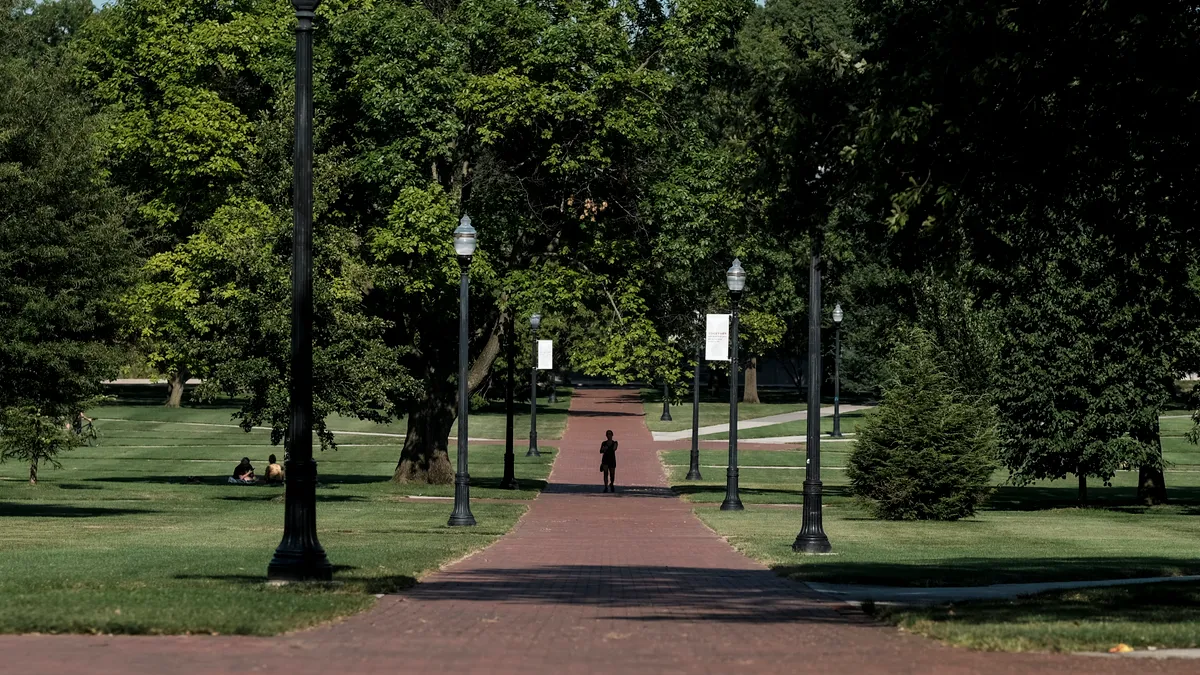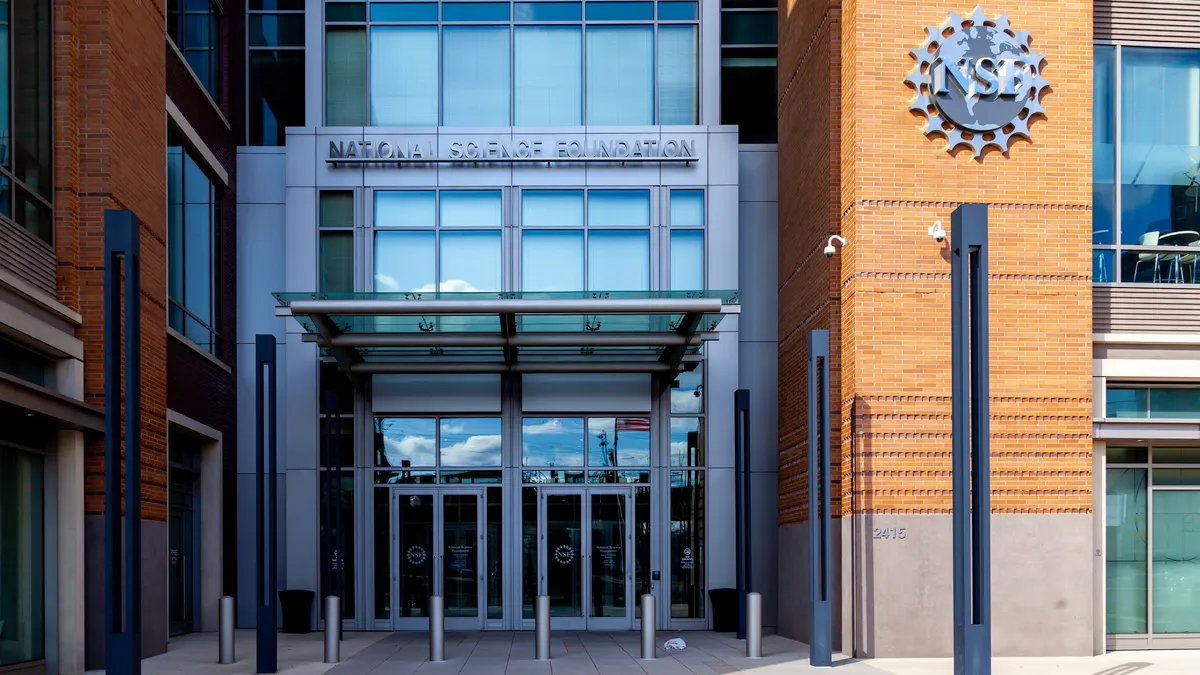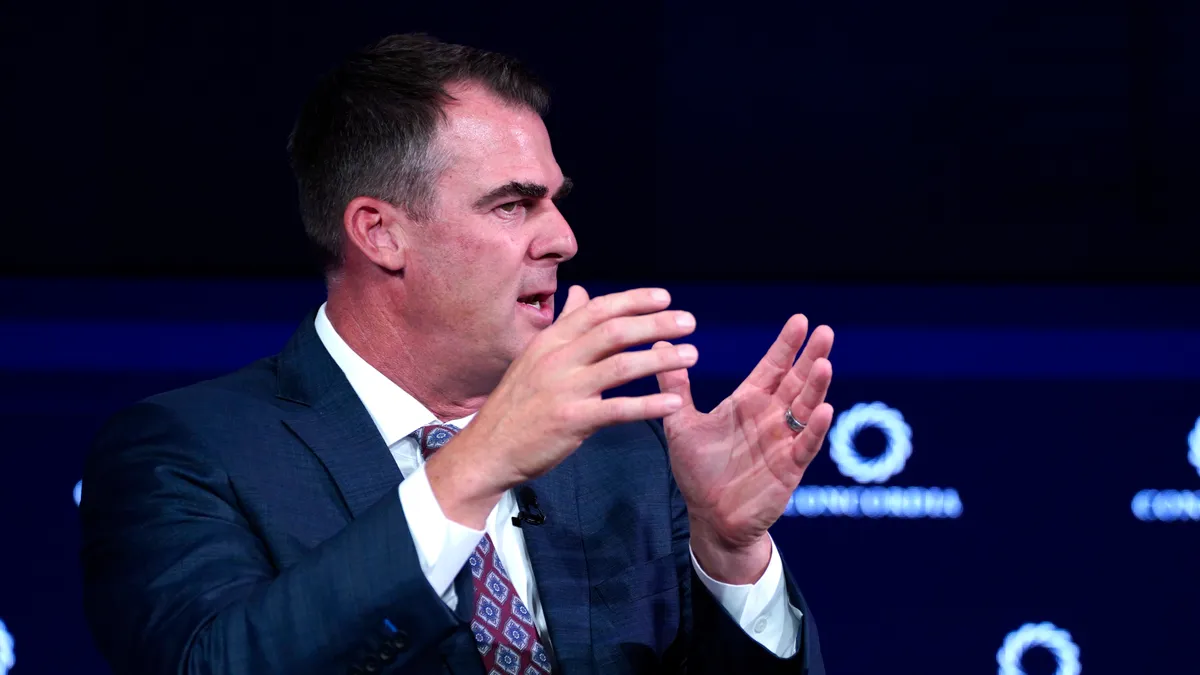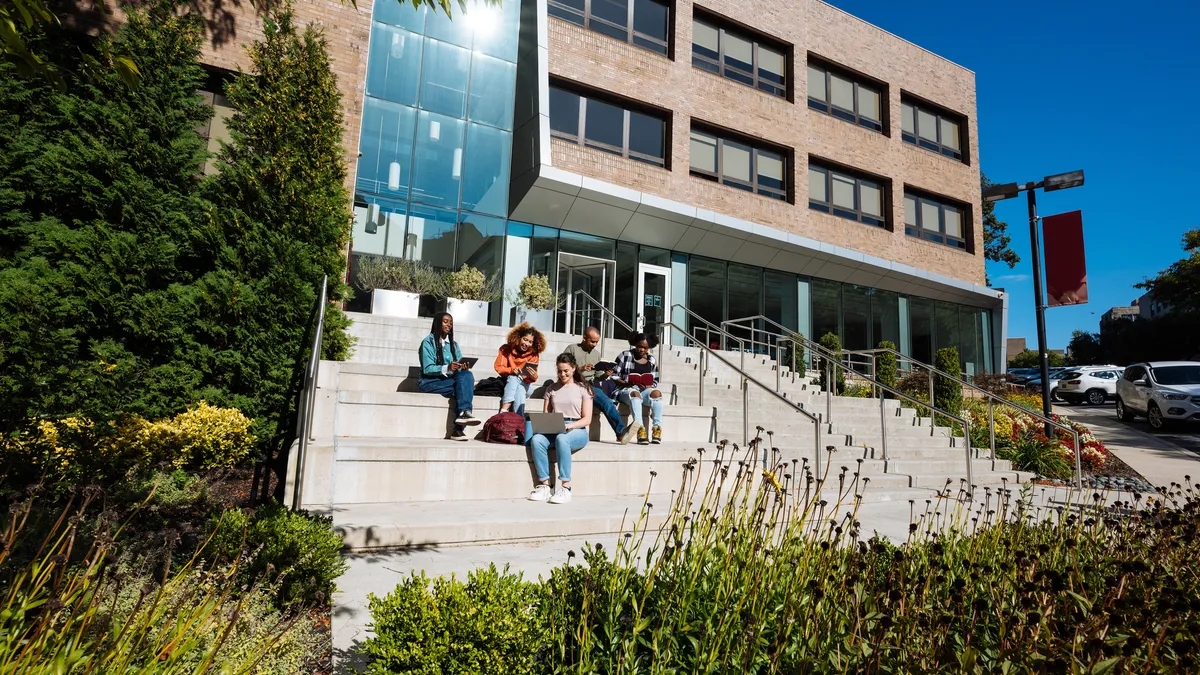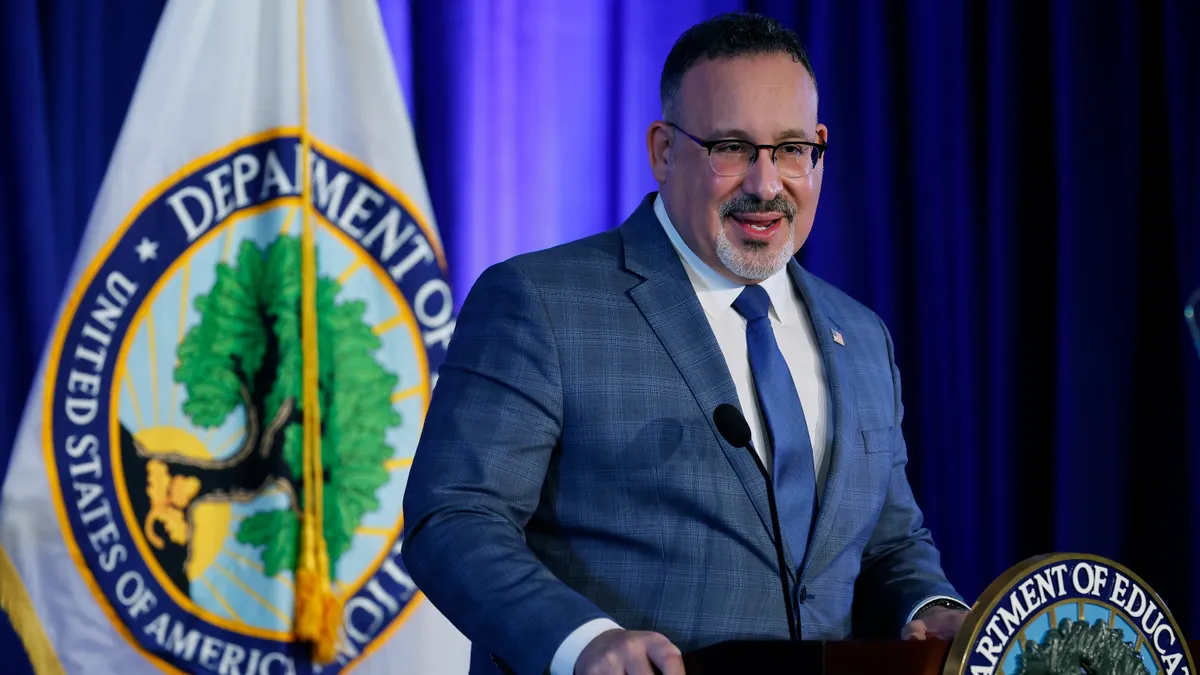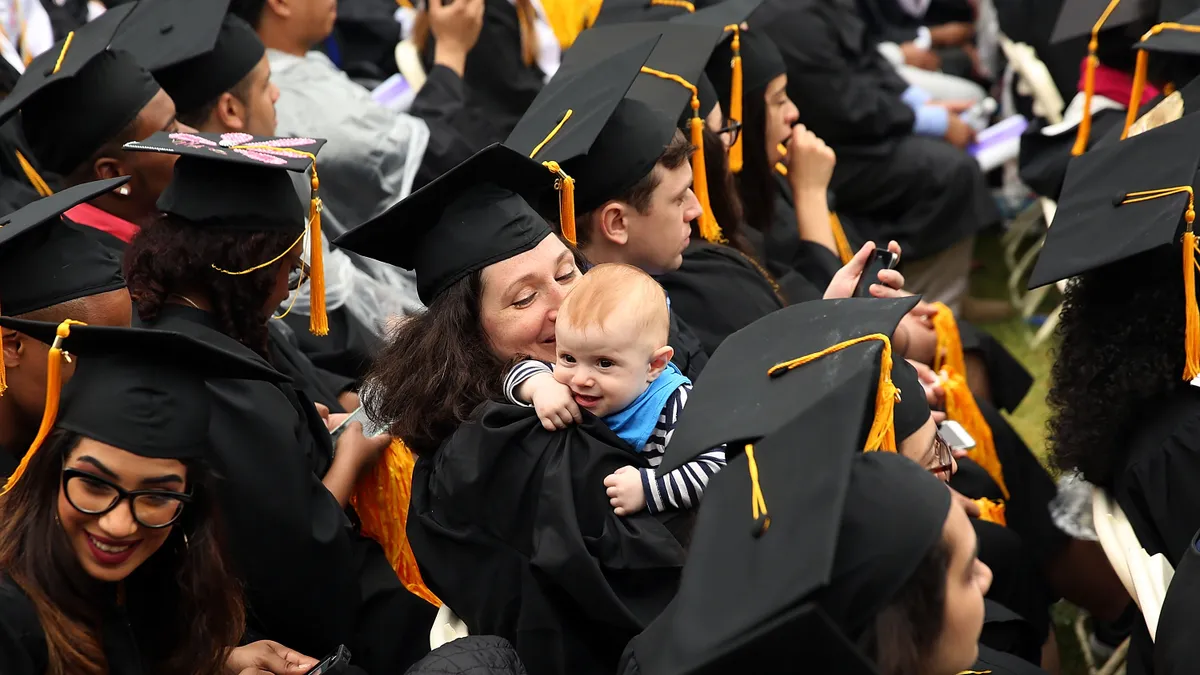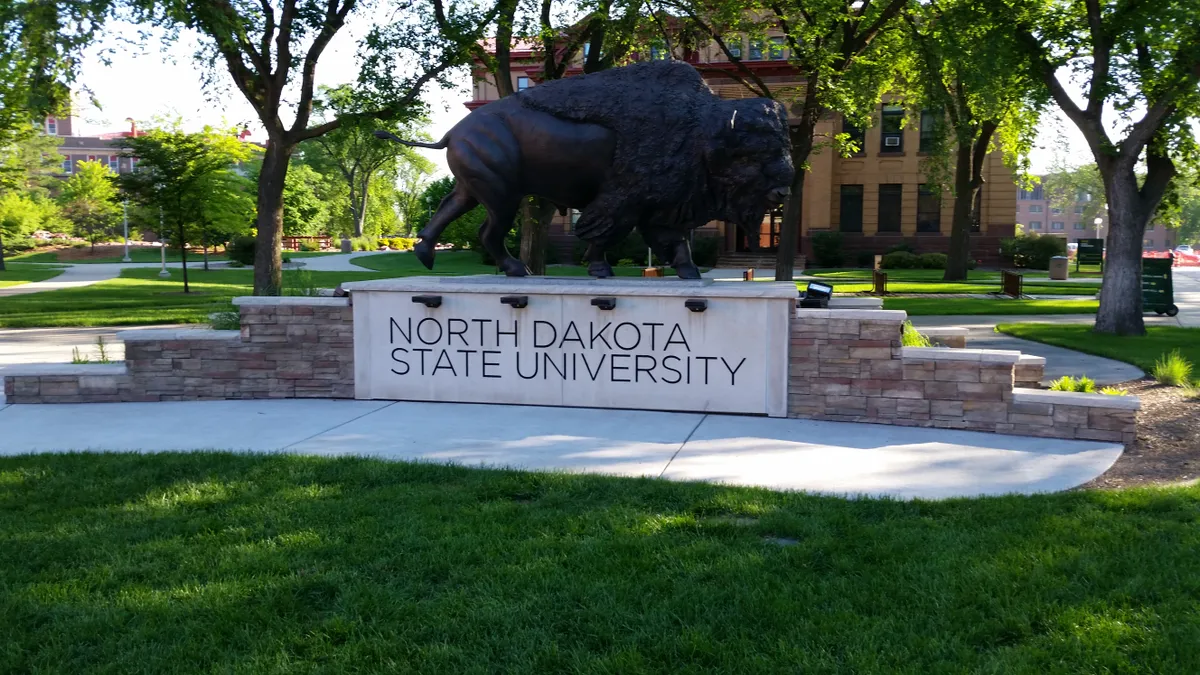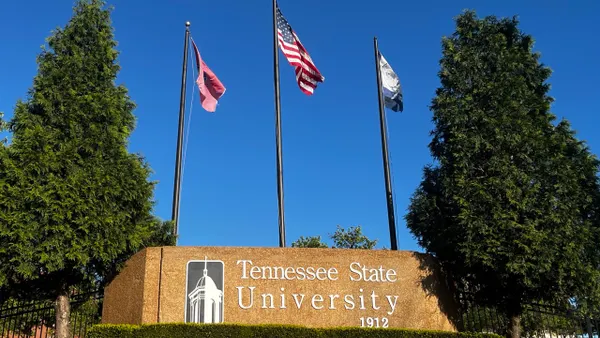Ricardo Azziz has held numerous executive positions in higher education and led the merger that resulted in Georgia Regents University, now Augusta University. He is principal at Strategic Partnerships in Higher Education Consulting Group.
He writes the regular Merger Watch opinion series on corporate restructuring in higher education.

We all know that enrollments are dropping. However, considering the many services and webinars that purport to help improve student numbers, it seems that few recognize that it’s not the enrollment of an individual college that is tumbling— it’s the enrollment of the entire sector.
But where are the students that everybody wants coming from? Or better said … what colleges are you going to cannibalize students from?
Let’s look at the facts.
Higher education in the United States has been on a growth path since the creation of the GI Bill and the country's post-World War II industrial dominance and growing economic prosperity. Between 1947 and 2011, enrollment in institutions of higher education grew eight-fold. By 2021, over 60% of the U.S. population age 25 and older had attended an institution of higher education, although not all have attained a college degree.
However, critically, higher education in the U.S. has been built for a growing population. Public education systems created vast networks of campuses to serve the far reaches of their states. And private colleges grew their enrollments and their facilities by leveraging government money and the seeming willingness of the American public to pay whatever was asked, eventually leading to exponentially rising tuition and attendance fees.
But the baby boomer era is over. And so is the party. The nation's population growth rate dropped from 1.7% in 1961 to 0.1% in 2021. Consequently, the number of high school graduates — the largest potential college student population — has plateaued and is expected to begin to decline after 2025.
At the same time, there are many other forces at work decreasing college attendance. For example, the participation of recent high school grads in college dropped by almost 5% from 2010 to 2020. And the number of students completing college within six years has stalled at about 60% on average, higher for four-year private nonprofits and lower for four-year for-profit colleges. The remaining 40% of students who attend college leave without a degree or certificate — now numbering nearly 40 million disappointed students. And increasingly, there are myriad pressures to reduce the need for, or the value of, a college degree.
Consequently, student enrollment at colleges nationwide has fallen by more than 10% since 2012, reflecting a loss of more than 2 million students. And since the 100 or so largest institutions have gained more than 750,000 students during that period, the actual loss of students being faced by colleges with less than 30,000 students is 2.5 million.
To put this in perspective, we should remember that three-quarters of U.S. colleges and universities. have an average enrollment of 1,500 students – which means the loss of 2.5 million students equals the total enrollment of about 1,700 of these colleges, or about 60% of all colleges with enrollment of less than 5,000 students.
While institutions can hope that college enrollments increase, they need to face the facts — the number of students attending college, at least in the immediate future, will continue to drop, and there is no easy solution in sight. The big institutions are getting bigger, and the small ones are getting smaller.
And the only effective way to increase enrollment in the short term is to cannibalize students from other institutions — while other colleges try to do the same thing to your student market. It's a costly and often wasteful combat but one that institutions — and enrollment officers — understand needs to be pursued.
One effective growth and/or survival tactic to consider in this environment are college and university mergers and consolidations. While they may not address the immediate enrollment cliff – if done well, they do yield larger institutions that are better able to recruit and retain students. And better able to cannibalize students from their peers…


